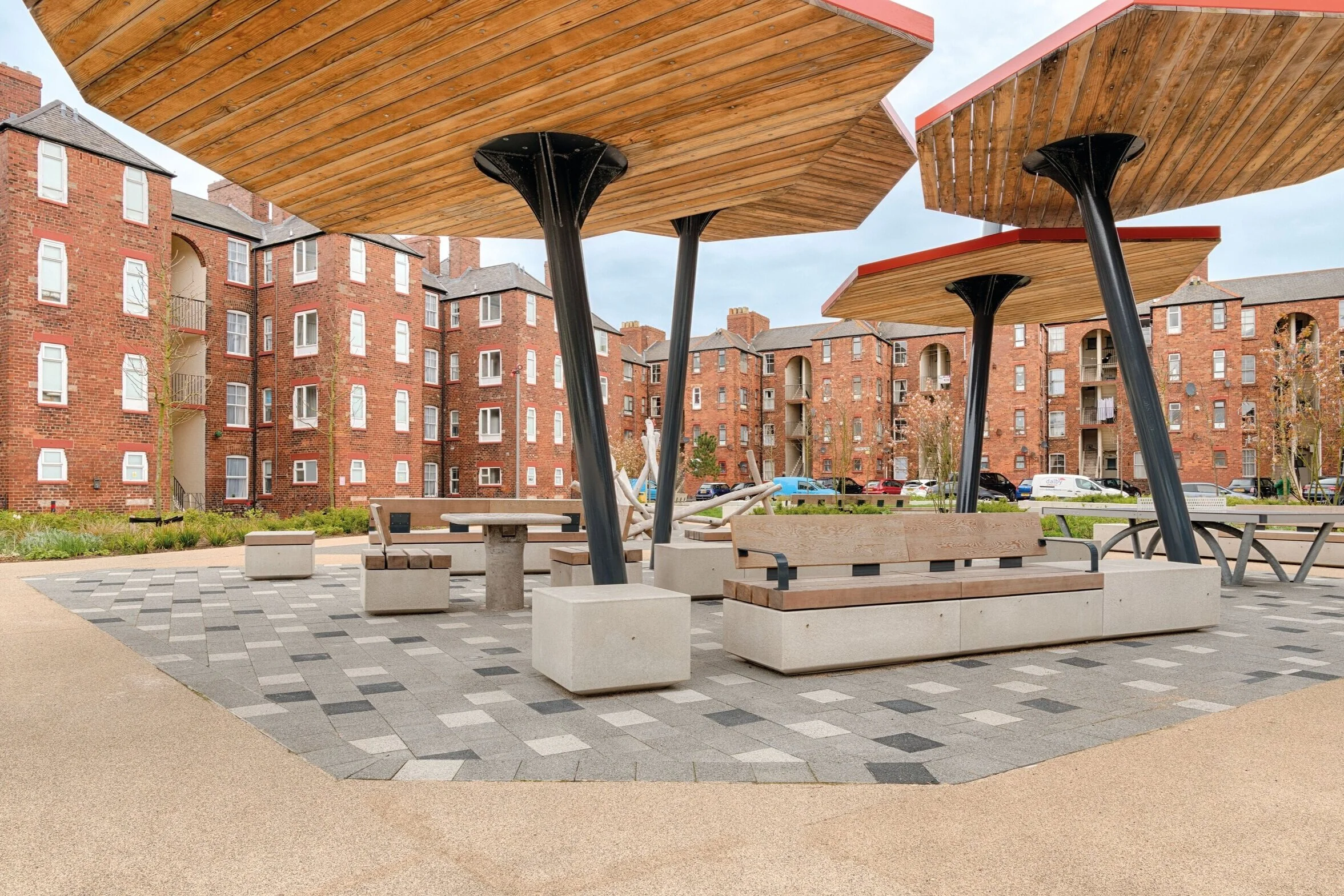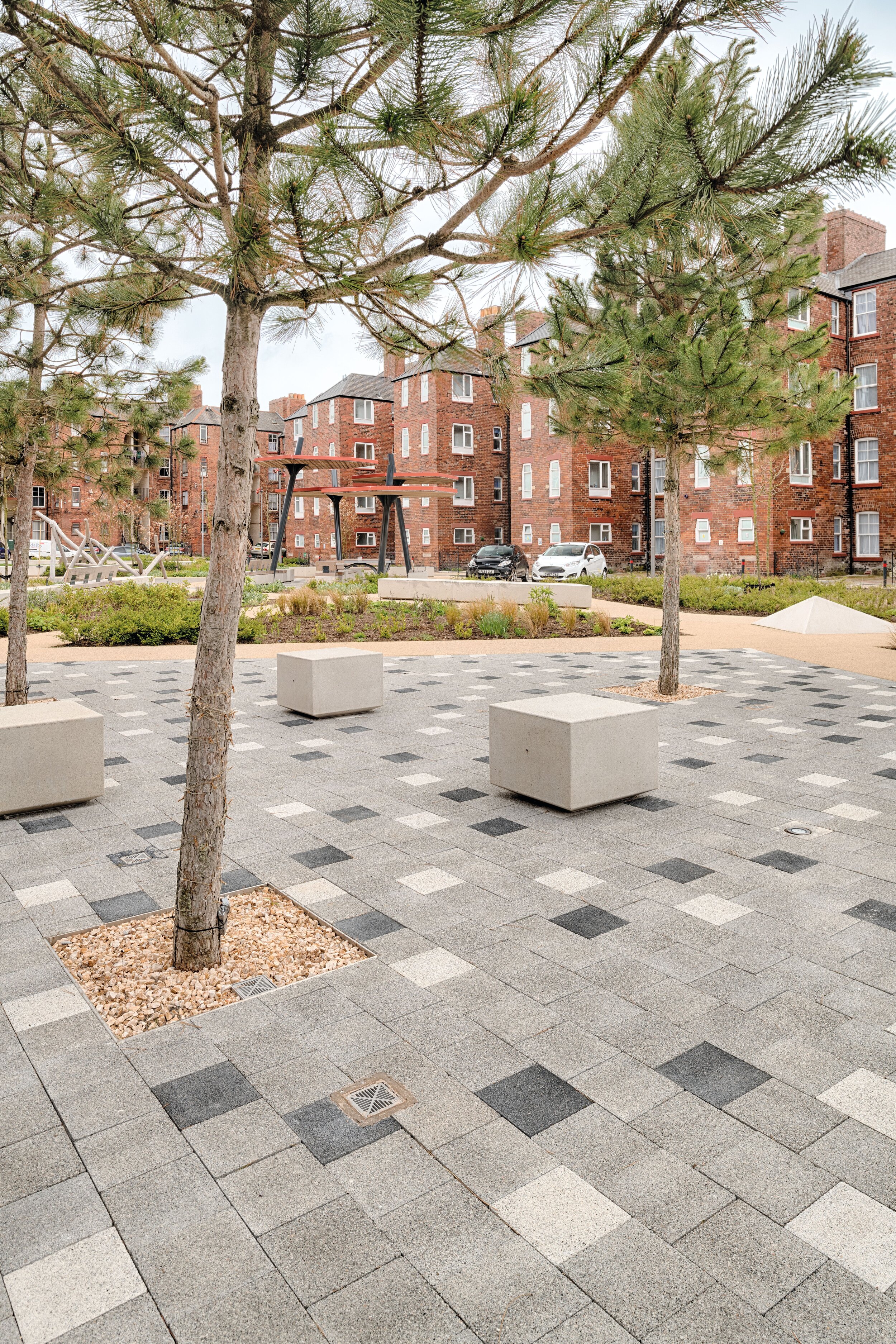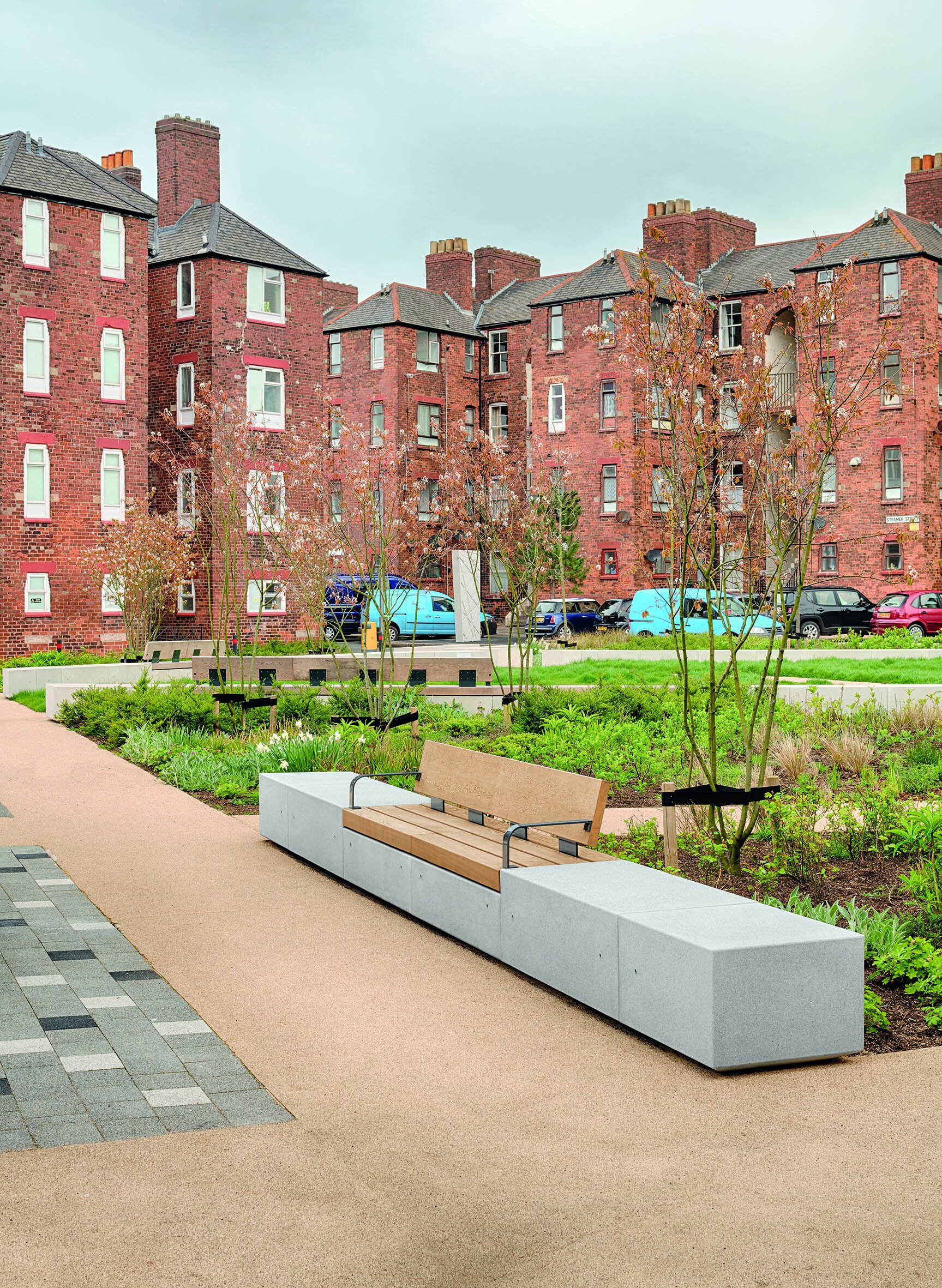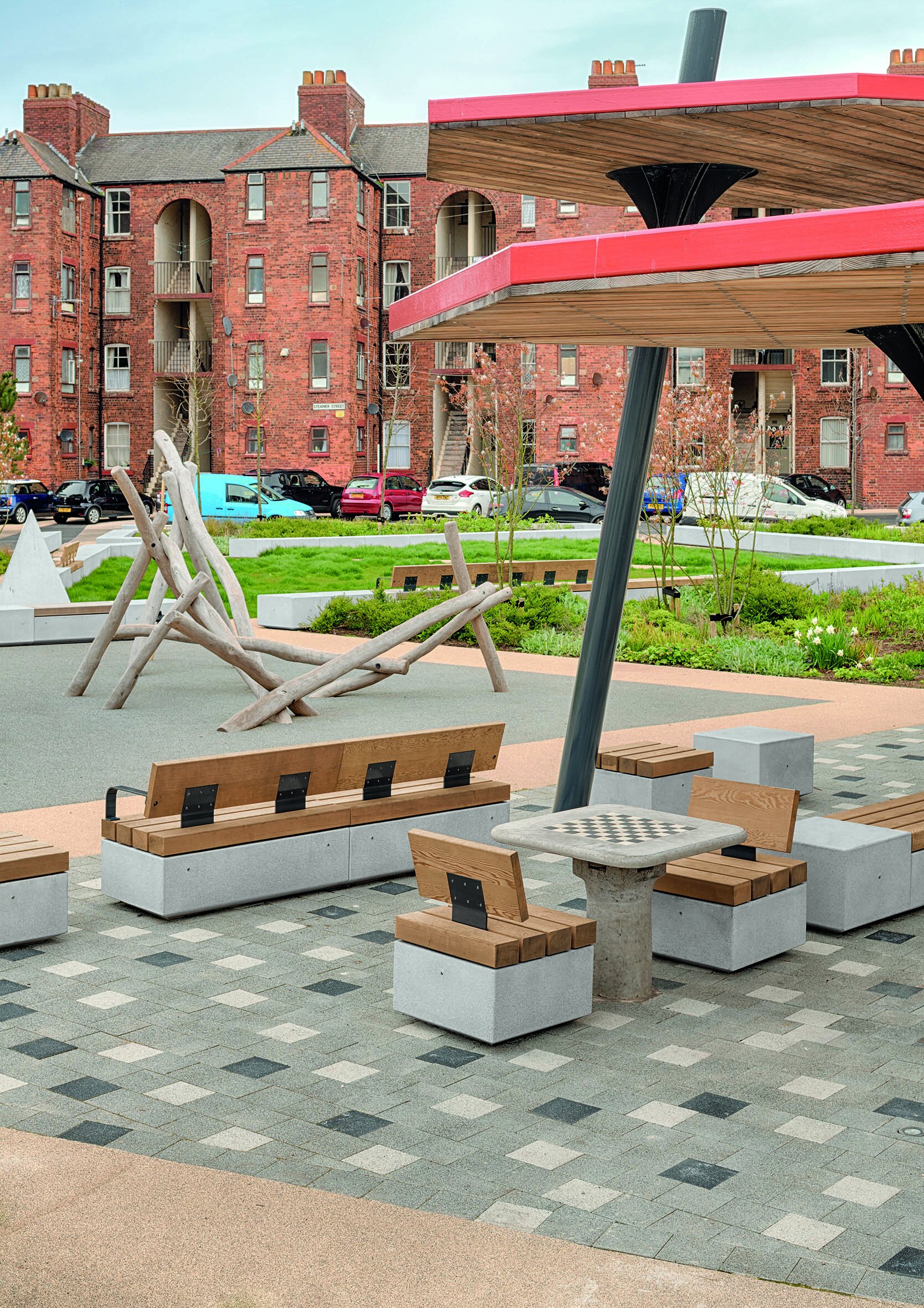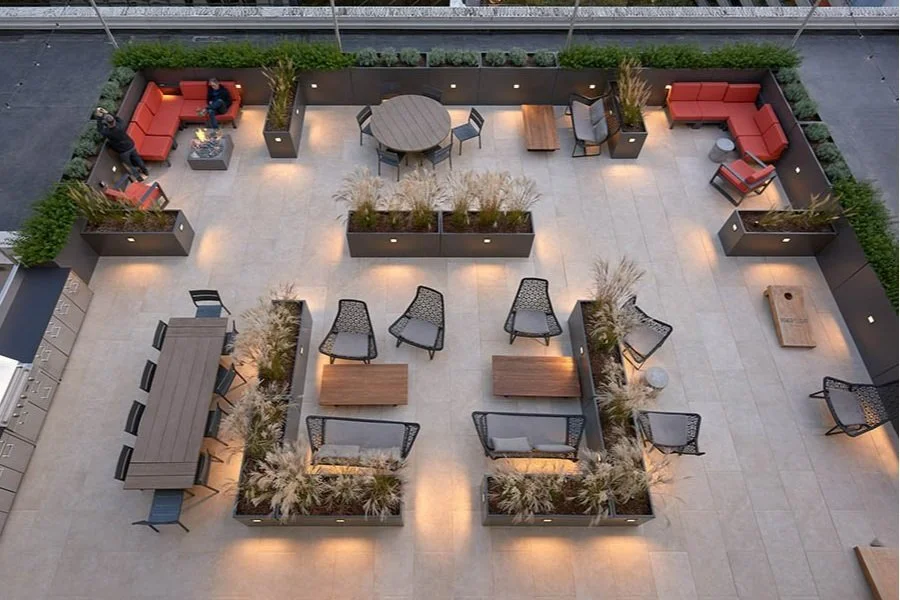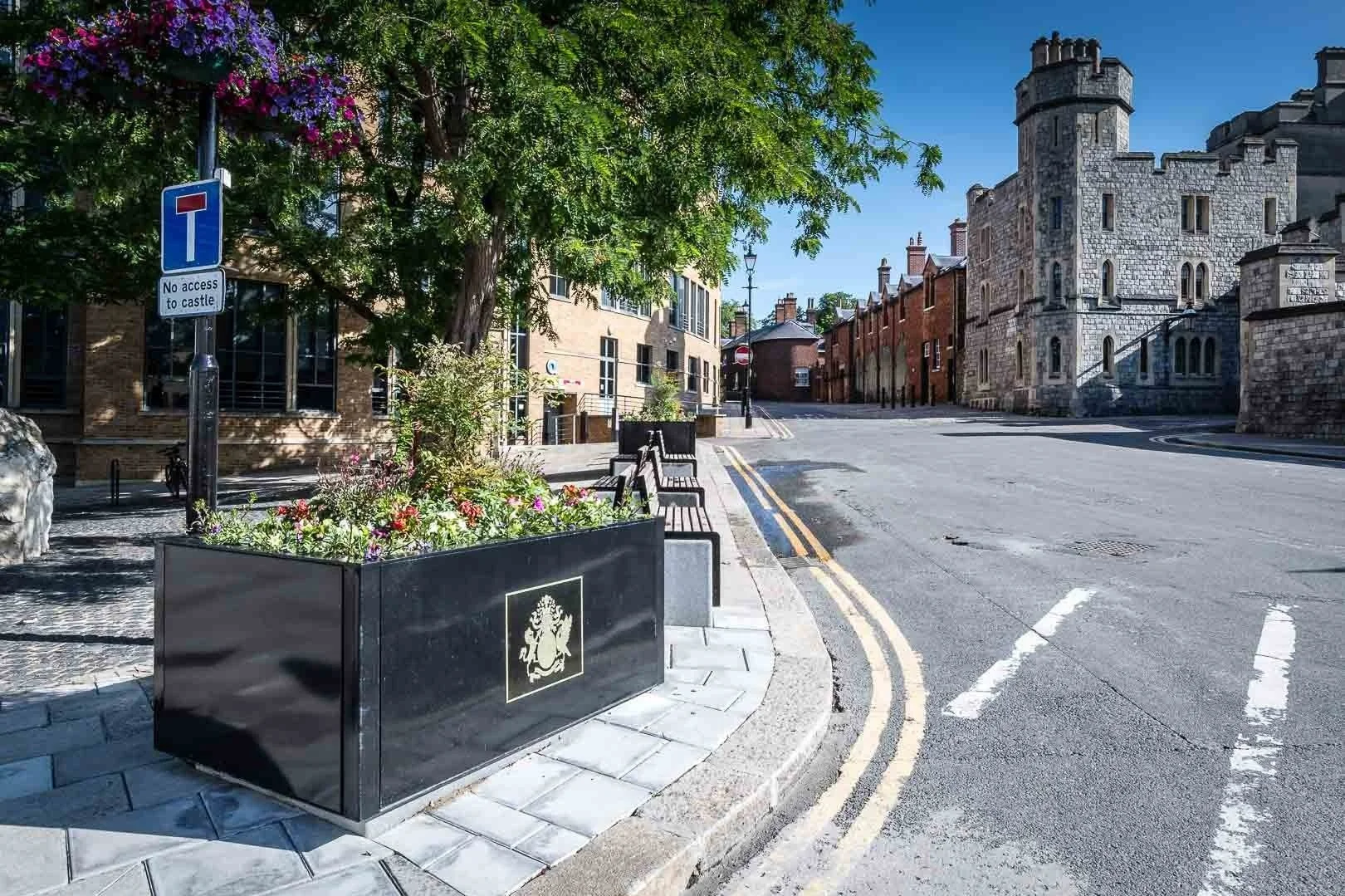Project Highlight: Maritime Streets
Marshalls works to improve Maritime Streets
Architect: Farrer Huxley Associates
Location: Barrow
Project Summary
Once the largest iron and steel center in the world, Barrow-in-Furness has a long history in steel and shipbuilding. The Maritime Streets area on Barrow Island originally consisted of tall red sandstone tenement blocks, where years of neglect had resulted in a run down and degraded landscape.
In 2013, Maritime Streets was the location for a landscape competition run by Barrow Borough Council and the Landscape Institute. When government funding was awarded to the local authority, a decision was made to regenerate some of the residential spaces.
The winning entry was designed by landscape architects, Farrer Huxley Associates, whose landscape works project focused primarily on the central car park. As this area was underused, FHA’s proposal was to remove the car park and create a central shared space for residents to socialise.
Project Solution
Using both Marshalls paving and seating to create intersecting lines leading from the gardens to the apartment buildings, the landscaping was designed in a way to reconnect the community. The Metrolinia concrete seating elements were installed to create opportunities for local families to socialize. Over 120 seating components were strategically positioned at key points within the area, reinforcing the message of bringing the community back together.
The modular seating blocks enable limitless configurations, incorporating seat, bench and planter modules as well as transition blocks to change the directional flow of any arrangement to suit the design requirement of any scheme. The robustness of the concrete coupled with the use of Douglas Fir timber seating slats provide a resilient yet aesthetically pleasing finish, and a contemporary contrast to the surrounding red brick residential building materials.
The install of the landscaped garden area is at the heart of the success of this project and has made a tangible difference to people’s lives. The people-centered design has vastly improved the public realm, impacting significantly on the residential property and making it a more attractive proposition for purchase. It has also helped to encourage residents and the local community to use the space and socialize.
